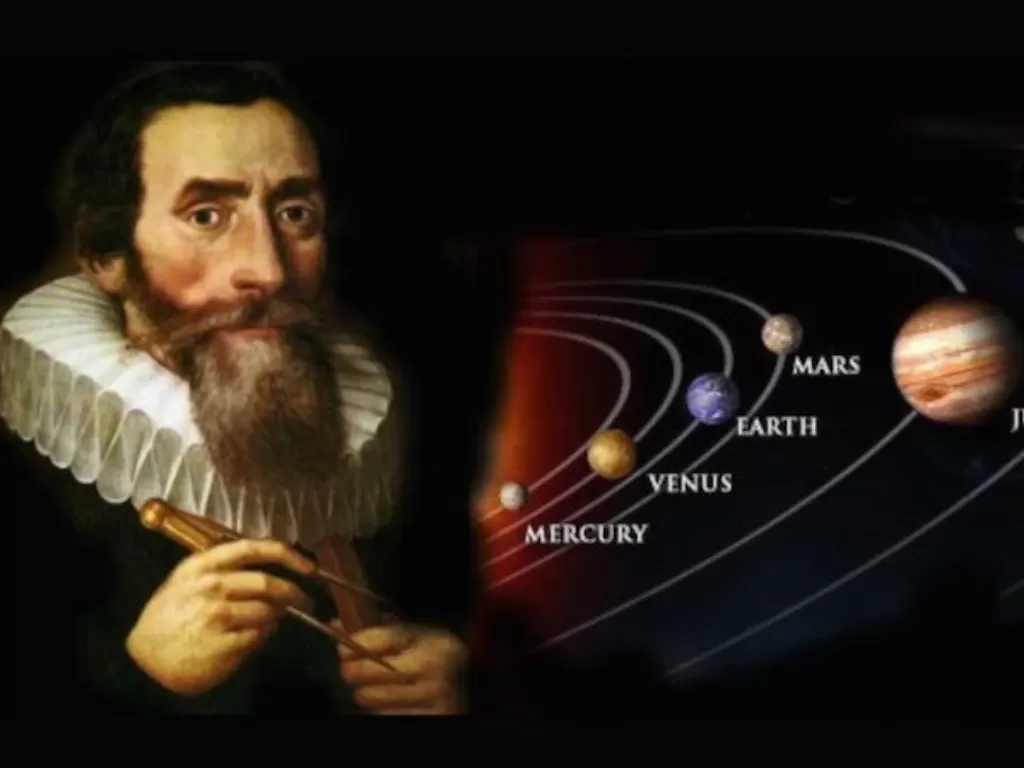saintgeorgesflushing.org – Johannes Kepler, a German mathematician, astronomer, and astrologer, is best known for his three fundamental laws of planetary motion, which laid the groundwork for Isaac Newton’s theory of universal gravitation. Born on December 27, 1571, in the Holy Roman Empire, Kepler’s work revolutionized the understanding of the cosmos and paved the way for modern astronomy.
Early Life and Education
Kepler was born into a poor family and faced numerous health issues throughout his life. Despite these challenges, his intellectual curiosity and aptitude for mathematics and astronomy were evident from a young age. He attended the University of Tübingen, where he was introduced to the Copernican system, which posited that the Sun, not the Earth, was at the center of the universe. This heliocentric model deeply influenced Kepler’s thinking and future work.
The Influence of Tycho Brahe
After completing his studies, Kepler worked as an assistant to the renowned astronomer Tycho Brahe. Brahe had amassed the most accurate astronomical observations of the time, and after his death in 1601, Kepler inherited these invaluable data. These observations would become the cornerstone for Kepler’s groundbreaking work on planetary motion.
The Three Laws of Planetary Motion
Kepler’s three laws of planetary motion are a cornerstone of modern astronomy. They describe the motion of planets around the Sun and can be summarized as follows:
First Law: The Law of Orbits
Also known as the law of ellipses, this law states that planets move in elliptical orbits with the Sun at one focus. This was a radical departure from the prevailing belief in perfect circular orbits and introduced the concept of elliptical paths, which more accurately described the observed planetary motions.
Second Law: The Law of Areas
This law, also known as the law of equal areas, describes the speed at which planets move in their orbits. It states that a line connecting a planet to the Sun sweeps out equal areas in equal times. This means that planets move faster when they are closer to the Sun and slower when they are farther away.
Third Law: The Law of Periods
The third law, known as the law of harmonies, establishes a relationship between the orbital period of a planet and its distance from the Sun. It states that the square of the orbital period of a planet is directly proportional to the cube of the semi-major axis of its orbit. This law allows astronomers to calculate the orbital periods of planets based on their distances from the Sun.
Impact and Legacy
Kepler’s laws of planetary motion were a monumental achievement in the history of science. They provided a clear and accurate description of planetary motion and were instrumental in the development of Isaac Newton’s law of universal gravitation. Kepler’s work demonstrated the power of mathematics to describe the natural world and laid the groundwork for the scientific revolution.
Conclusion
Johannes Kepler’s contributions to astronomy are immeasurable. His laws of planetary motion not only revolutionized the understanding of the cosmos but also set the stage for future discoveries in physics and astronomy. Kepler’s legacy is a testament to the enduring power of curiosity, observation, and mathematical reasoning in the pursuit of scientific knowledge.
